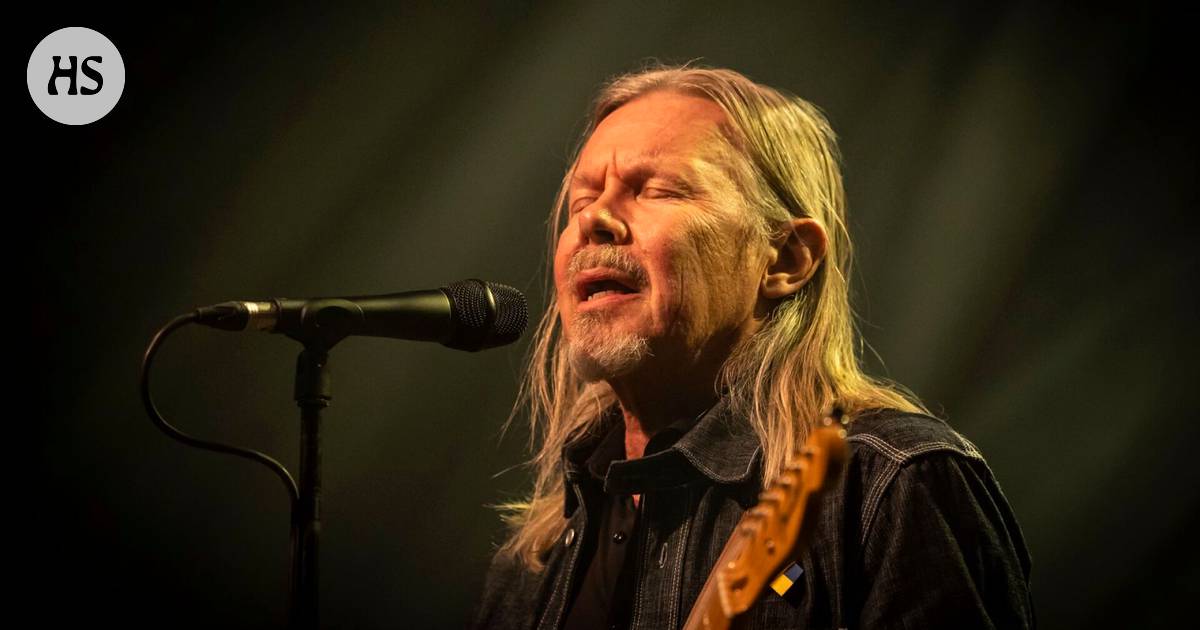The songwriter, who draws on his personal memories, recycles himself, but still avoids the broad guitar rock of his biggest hits of the 1990s, writes critic Aleksi Kinnunen.
J. Karjalainen its position as a semi-official vintage thunder valued by the masses of domestic songwriting music seems unshakable.
The new album by Karjalainen, who turns 65 on Friday and will also be in the auditorium of the Helsinki Ice Rink on the same day, is the fourth rock record after the country trilogy of the 21st century.
Soulavarisilla The Karelian does not show the need to move, let alone rock his floating boat safely, but there is more stylistic kneeling than in the last round.
The album of ten songs sounds typical of a Karelian who likes traditionalism.
When Karjalainen, who tells about his personal memories, both borrows and recycles himself on the record – the star lamp, the yellow house and Lännen-Jukka mentioned – comes to mind Heikki Ranta’s pastissi .
The concept of the beach, ie “make a song like J. Karjalainen” has hardly been Väinö Karjalainen as a guideline for the disc produced by. It is more about the handwriting of J. Karjalainen, who has been recording for more than 40 years and faithfully emphasizes the joys and authenticity of simple songs.
There may be a need for Karelia’s wide-ranging record-selling record melodic guitar rock, but the opening track and single of the album will hit bigger. The sun rises without the sun.
Instead of a band, the whole is based on a variation of players and styles. At night like this and Eddie Boyd -polaroid The songs will feature musicians from the turn-of-the-millennium Electric Sauna line-up, although the spirit of the previous one is more reminiscent of the Black Glasses of the 1980s. A keyboard player to counterbalance the root music Tuomo Prättälä brings a synthetic addition to the three pieces.
Traditional American music important to Karelians is heard on a varying scale, while the sunny returning to the rubbish of the musician’s childhood Roihuvuori Popsävel 66 glows with sheer pop guitar pop.
Karelian visually strong descriptions are often based on memories from which the listener draws his own interpretations within narrow lines.
Successful hazing swings Sleep well, Angelique “White, black, chestnut” is more likely to be drawn in the mind of the listener as a French beauty than a dog left under a car on Karjalainen’s yard.
In Northern Ostrobothnia, it may be disappointing to know that Oulu, the most attractive moment on the album and the Americana lecture, refers to the Wisconsin village of the same name.
The wildest glimpse of style variation is heard in the instrumental title track on the back of the album. The banjo- and violin-driven country rejoicing glides through Seoul from the Bastards of Op and a bit like Daft Punk to a cosmic jetty.
